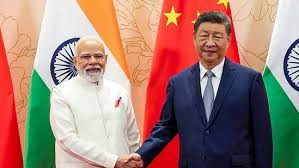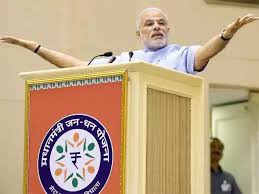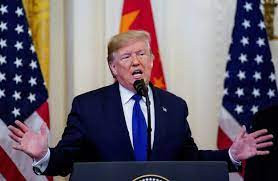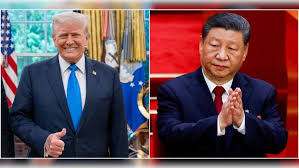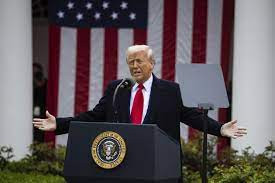A Timely Shift: RBI’s Repo Rate Cut Signals Economic Reset and Renewed Growth
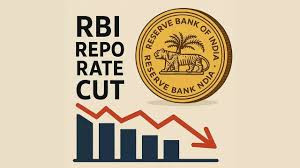
IIE DIGITAL DESK : strategic move aimed at revitalizing economic momentum, the Reserve Bank of India (RBI) has announced a repo rate cut after a prolonged pause, signaling a significant shift in its monetary policy stance. This decision comes at a critical juncture, as both domestic and global economic conditions demand calibrated support to ensure sustainable growth without stoking inflationary fires. The repo rate cut is not just a technical adjustment—it’s a signal, a message from the RBI that it’s ready to support growth while keeping an eye on price stability.
The RBI, India’s central banking authority, reduced the repo rate—the rate at which it lends money to commercial banks—by 25 basis points, bringing it down from 6.50% to 6.25%. This cut, though modest, holds substantial symbolic and economic weight. For over a year, the RBI had maintained a status quo on interest rates, choosing to observe the impact of previous hikes and global tightening trends. With inflation appearing to come under control and core inflation easing, the space for a rate cut has opened up, and the central bank has seized the opportunity to act proactively.
The repo rate cut is likely to bring relief to borrowers across sectors. From homebuyers to small businesses, the cost of borrowing is expected to dip, encouraging spending, investments, and credit growth. Lower interest rates could lead to a rebound in demand, particularly in interest-sensitive sectors like real estate, automobiles, and MSMEs. Additionally, banks may begin to lower their lending rates, passing on the benefits to consumers and industries alike, thereby stimulating economic activity in the post-pandemic recovery phase.
However, the RBI’s decision also reflects a delicate balancing act. Global inflation trends remain volatile, particularly with crude oil prices fluctuating due to geopolitical tensions. While India’s inflation figures have shown signs of moderation, driven by stable food prices and improved supply chains, there is no room for complacency. The central bank has reiterated its commitment to anchoring inflation within the 4% target range, and any further rate cuts will depend on continued fiscal discipline and supportive macroeconomic indicators.
This move is also significant in the context of global monetary policy trends. While central banks like the US Federal Reserve and the European Central Bank have held off on immediate rate cuts, the RBI’s decision underscores the need for emerging economies to tailor their strategies based on domestic imperatives. India’s relatively stable currency, robust foreign exchange reserves, and improving GDP numbers provide a cushion for such policy adjustments without risking capital flight or currency volatility.
The timing of the repo rate cut is crucial, coming ahead of the financial year’s first quarter and just months before the general elections. While critics might argue that the move carries political undertones, the RBI has maintained its autonomy and data-driven approach. Governor Shaktikanta Das emphasized that the decision was rooted in forward-looking macroeconomic assessments rather than political convenience.
In the coming months, all eyes will be on how effectively this rate cut translates into increased liquidity, stronger consumer sentiment, and renewed industrial output. With inflation currently under control and fiscal indicators showing resilience, the RBI appears to have timed this intervention well. But continued vigilance and flexible policy-making will be essential to navigate any unforeseen shocks.
The repo rate cut marks a hopeful turn in India’s monetary trajectory, aligning with the broader objective of inclusive, balanced growth. It sets the stage for a cautiously optimistic outlook for the Indian economy in 2025 and beyond.
You might also like!


